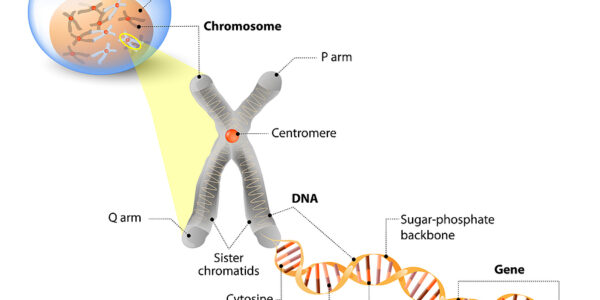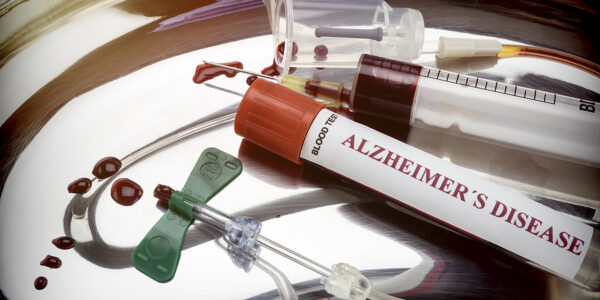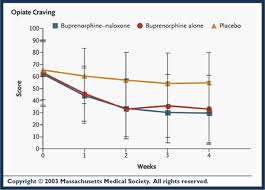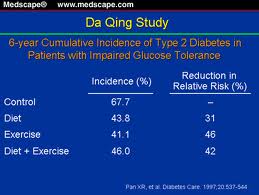The devastating results of lead poisoning in children have put consumers on alert. Lead in paint and in the glaze of ceramic products has gone unrecognized until the 1970’s. Since then stricter regulations have reduced or eliminated lead from paint products in North America. The additional move to unleaded gasoline has contributed to successful lead reduction. Consumers, however, should not let down their guard and be aware of the fact that there are still possibilities of lead exposure. Sources can be manifold. While most of lead exposure domes from old lead paint that was applied decades ago, especially in older homes, some exposure can come from imported toys, which just recently made headlines in the news. Some exposure can also come from medications and “nutritional products” imported from overseas. Imported cookware and other products have also been a significant source of lead contamination. The general awareness has paid off, as there is a significant reduction of lead levels since the ‘70’s. Public health warnings have been issued about mercury levels in fish, and this has led to concerns in consumer groups whether it is safe at all to consume fish. Blowing the warning whistle alone does not do a service to consumers. It is much more important to inform consumers to recognize, which of the fish species are averaging less than one tenth of Canada’s commercial mercury limit if 0.5 parts per million.
Dr. Copes, director of environmental health at the B.C. Centre for Disease Control explained at a recent meeting that salmon, rainbow trout and tilapia fall into this group of fish that can be enjoyed more frequently, whereas other species, such as halibut, tuna and sablefish have levels of mercury that are five to ten times higher. They are still under the commercial limit, but it means that the consumer could enjoy 10 meals of salmon as opposed to one meal of halibut, tuna or sable fish. The recommendation is not total avoidance, but less frequent consumption.
Reference: The Medical Post, July 22, 2008, page 17
Comment on Nov. 17, 2012: The oceans are continuing to deteriorate with regard to mercury content. It is no longer safe to eat halibut, tuna or sable fish. Salmon, rainbow trout and tilapia should be limited to perhaps once per week. Avoid salmon that has migrated past Japan because of radioactive contamination of the coast region there (due to the earth quake in March 2011, the devastating tsunami and subsequent radiation crisis from the nuclear plant).
More information about toxins in the environment: https://www.askdrray.com/protecting-yourself-from-environmental-toxins/
Last edited November 4, 2014





















